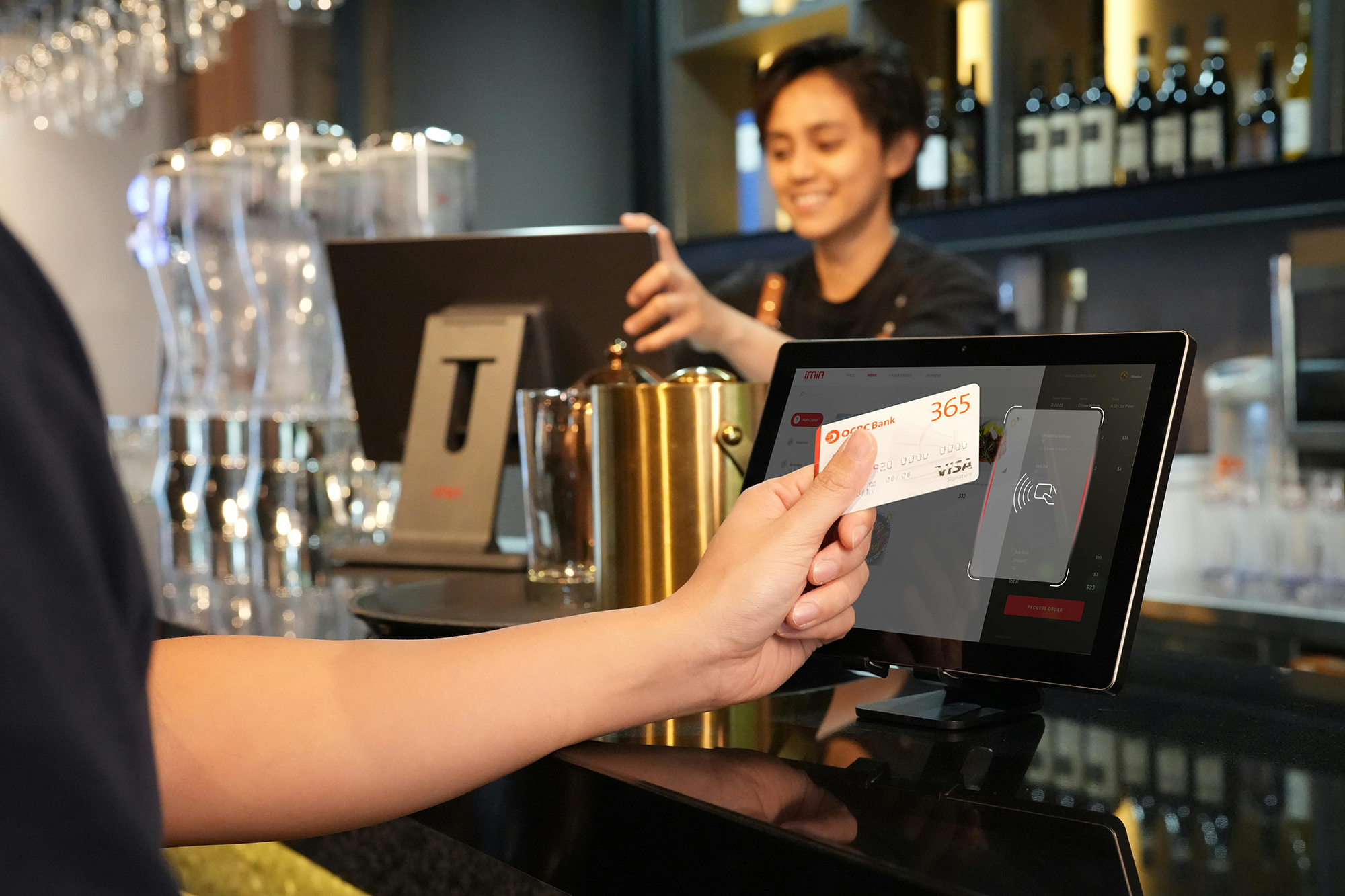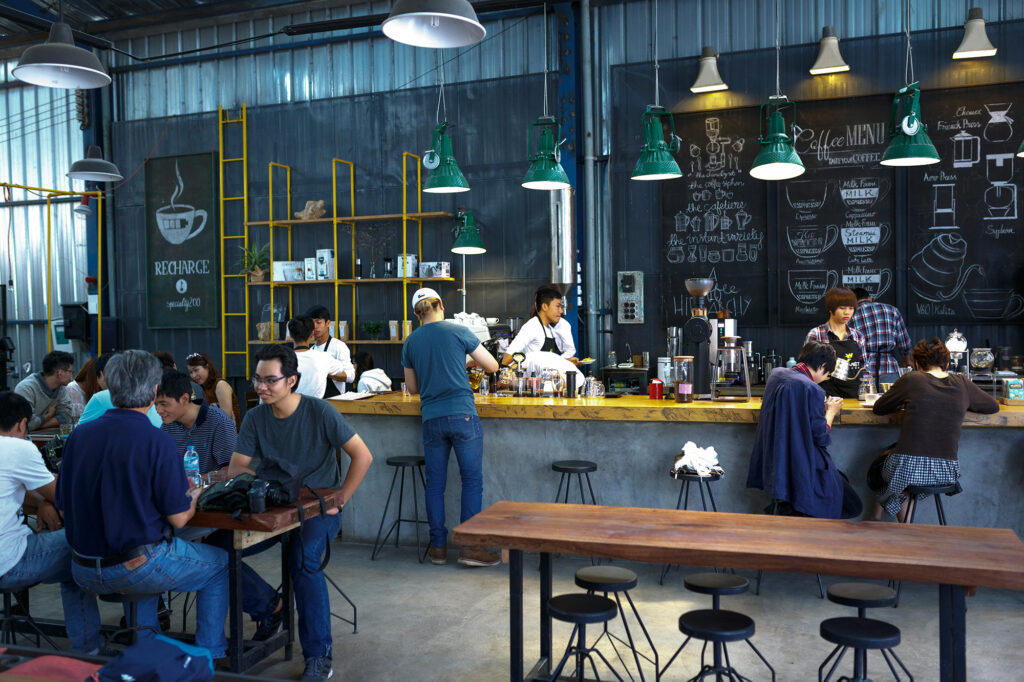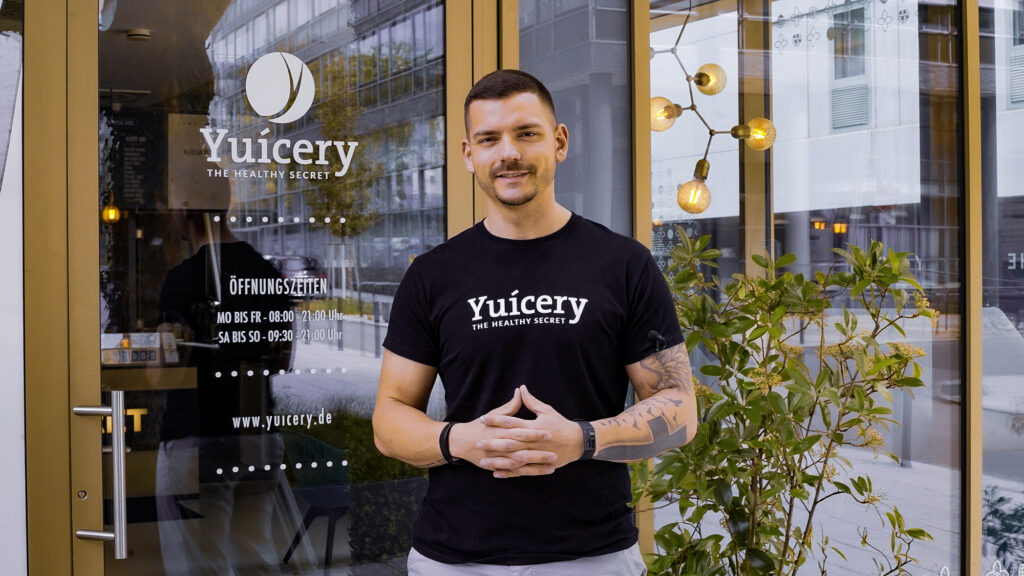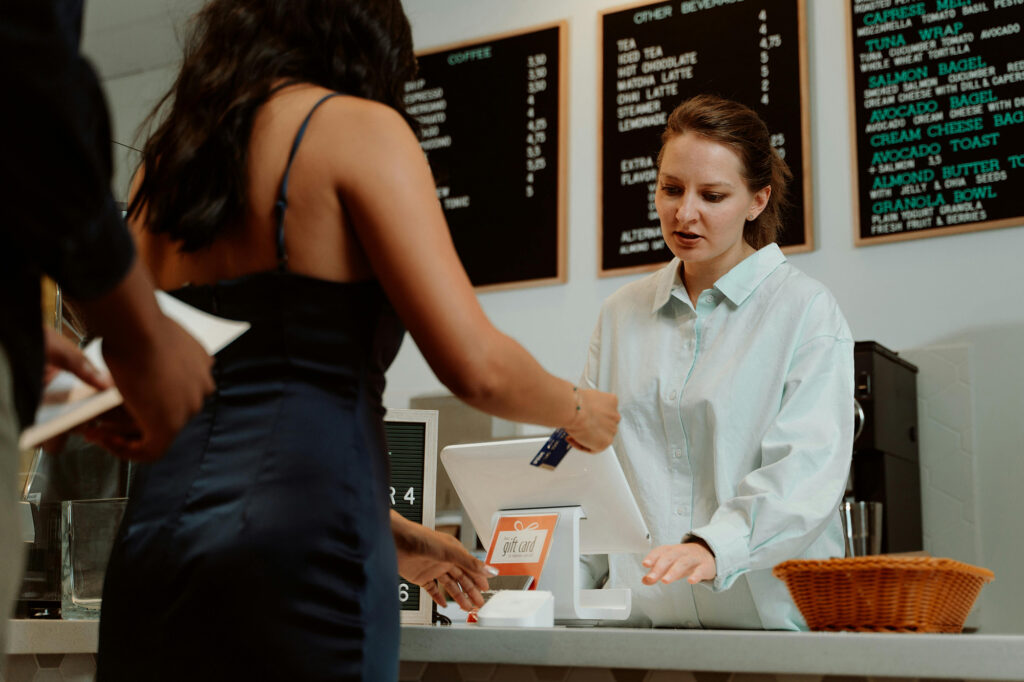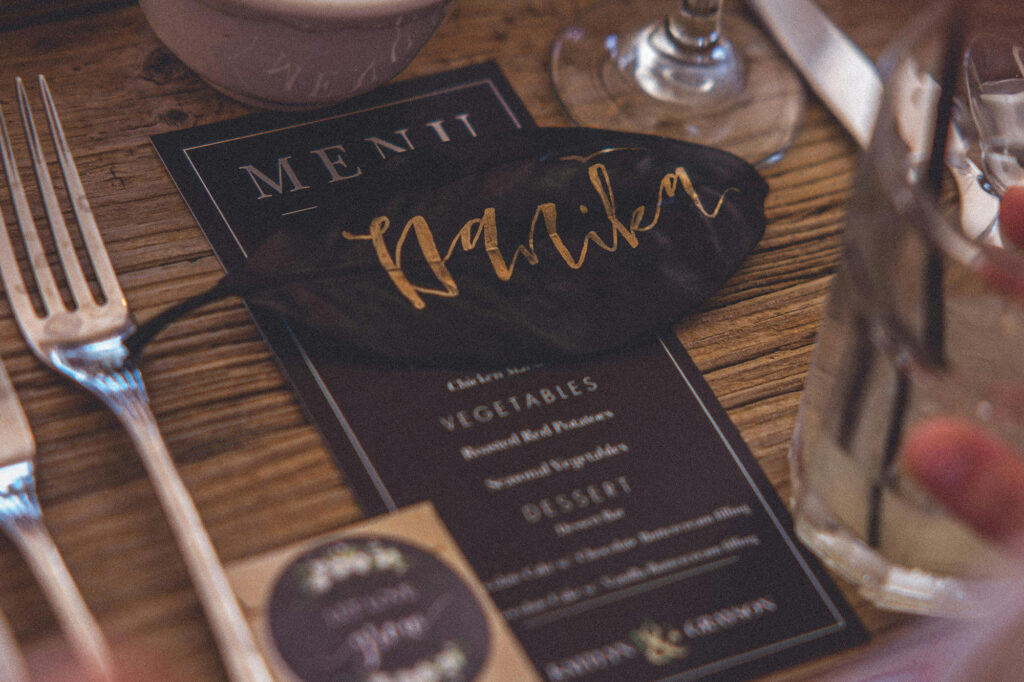In the highly competitive food and beverage (F&B) industry, retaining customers is crucial for sustainable growth. Loyalty programs are a proven strategy for engaging customers and encouraging repeat business. According to Accenture, 57% of consumers spend more on brands they are loyal to. When designed and implemented effectively, loyalty programs can transform occasional visitors into regular patrons, fostering lasting relationships that boost profitability while minimising costs. Here are six strategies to create a successful loyalty program that attracts and retains customers, enhancing your F&B business’s growth.
The Role of Loyalty Programs in Customer Retention
Loyalty programs are essential for maintaining customer engagement and driving repeat visits. By offering incentives that cost little but deliver high perceived value, you can increase customer lifetime value without straining your budget. Research shows that increasing customer retention rates by 5% can boost profits by 25% to 95% (Harvard Business Review). A well-crafted loyalty program not only keeps customers coming back but also differentiates your brand in a crowded marketplace.
Actionable Step:
Survey your customers to find out which low-cost rewards, such as free coffee refills or small discounts on future purchases, would motivate them to return more often. Use this feedback to shape the foundation of your loyalty program, ensuring it aligns with customer preferences while maintaining profitability.
1. Designing a Loyalty Program That Resonates
Creating a loyalty program that resonates with your customers involves simplicity, value, and alignment with your brand. Start by defining the goals of your program—whether it’s increasing visit frequency, boosting average spend, or enhancing customer engagement. Choose a structure that’s easy for customers to understand, like a points-based program that rewards repeat purchases. According to Bond Brand Loyalty, 77% of consumers say simplicity is the main reason they stay loyal to a brand’s program.
Actionable Step:
Implement a simple, low-cost points-based loyalty program where customers earn points for every pound spent. These points can be redeemed for small, high-margin items like desserts or side dishes, offering great perceived value without cutting into your profits. Simplicity ensures customers can easily participate and see the benefits of staying loyal.
2. Personalising the Customer Experience
Personalisation can set your loyalty program apart while keeping costs low. By using customer data, you can create personalised rewards and offers that feel exclusive but are inexpensive to provide. For example, offering a customer their favourite dish at a discounted price for their birthday is a thoughtful gesture that enhances loyalty without a significant expense. A study by Deloitte found that 36% of customers expect special treatment for being loyal.
Actionable Step:
Start collecting basic customer data—such as purchase history or favourite items—to create personalised offers. Simple touches, like sending a thank-you email with a small discount code, can significantly increase engagement without added costs. Personalisation enhances the customer experience and strengthens emotional connections with your brand.
3. Balancing Rewards with Profitability
While it’s important to offer attractive rewards, your loyalty program must remain financially sustainable. Focus on rewards that encourage more spending or higher visit frequency without heavy discounts. Offering a free drink after five visits or a complimentary dessert with the purchase of a meal can effectively drive engagement. According to the National Restaurant Association, loyalty programs can increase average check sizes by 20%.
Actionable Step:
Design tiered rewards that motivate customers to spend more without large discounts. For example, after five visits, offer a free drink, and after ten visits, a free appetiser. This strategy encourages more frequent visits while keeping your costs low, allowing your program to be both engaging and profitable.
4. Leveraging Technology to Enhance Loyalty Programs
Loyalty program software can simplify the management and effectiveness of your program. Digital platforms and apps allow you to track customer participation, manage rewards, and personalise offers in real-time, all while reducing the need for physical loyalty cards or paper-based systems. According to Pymnts.com, 65% of consumers prefer using digital loyalty programs over traditional cards.
Actionable Step:
Explore low-cost digital loyalty platforms or integrate a simple loyalty tracking feature with your existing point-of-sale (POS) system. Even a basic email-based system can effectively track points and send automated offers, saving on administrative costs and enhancing the customer experience with convenient, real-time updates.
5. Promoting and Encouraging Program Participation
Promoting your loyalty program doesn’t have to be expensive. Use your existing channels, such as social media, your website, and in-store signage, to spread the word. Offering a small incentive for sign-ups, like a 10% discount on the next purchase, can effectively encourage participation. A report by HubSpot found that 70% of consumers are more likely to join a loyalty program if they receive an immediate reward.
Actionable Step:
Launch a promotion offering a 10% discount on the next purchase for customers who sign up for your loyalty program. Use free or low-cost marketing channels, like social media and email newsletters, to drive sign-ups and increase program awareness. This approach maximises reach without requiring significant advertising expenditure.
6. Measuring Success and Making Improvements
To ensure your loyalty program is delivering the desired results, regularly measure its success. Track key metrics such as customer retention rates, frequency of visits, and average spend per visit. Use free tools or simple spreadsheets to monitor these metrics and make data-driven adjustments. According to a study by Bain & Company, companies with strong loyalty programs grow revenues 2.5 times faster than their competitors.
Actionable Step:
Set up a simple tracking system to monitor key metrics of your loyalty program. Use free tools like Google Sheets to regularly review data and identify trends, allowing you to make cost-effective adjustments that maximise profitability. Consistent evaluation helps ensure your loyalty program remains relevant and effective.
Conclusion: Build Lasting Customer Relationships with Effective Loyalty Programs
Effective loyalty programs are essential for fostering lasting customer relationships and driving sustained growth in the competitive F&B industry. By designing programs that resonate with your customers, personalising their experiences, and leveraging technology, you can turn occasional diners into loyal patrons who contribute significantly to your profitability.
Ready to elevate your loyalty programs and grow your F&B business? Here’s how Consult Nadia can support you:
-
Essentials Package: Comprehensive Audit & DIY Strategy: Gain an in-depth analysis of your business with our Comprehensive Business Audit and receive a Detailed DIY Strategy Plan tailored to your needs. Improve efficiency, engagement, and profitability using our expert recommendations to build and enhance your loyalty programs.
-
Additionally, join our Masterclass for in-depth strategies to boost profitability, optimise operations, and create unforgettable customer experiences that set your restaurant apart.
FAQs
Why are loyalty programs important in the F&B industry?
Loyalty programs are essential for customer retention, driving repeat business, and increasing customer lifetime value, which are crucial for sustainable growth in the competitive F&B sector.
What makes a loyalty program successful?
A successful loyalty program is simple, offers meaningful rewards, and aligns with your brand values. Personalisation and ease of use are also critical factors that encourage customer participation.
How can technology enhance my loyalty program?
Technology streamlines loyalty program management, tracks customer participation, personalised offers, and reduces administrative costs by eliminating the need for physical loyalty cards.
How can I promote my loyalty program without spending much?
Use existing channels like social media, email newsletters, and in-store signage to promote your program. Offer small incentives, such as a discount on the next purchase, to encourage sign-ups.
What metrics should I track to measure my loyalty program’s success?
Track metrics like customer retention rates, visit frequency, and average spend per visit to evaluate your program’s effectiveness and identify areas for improvement.
How do I balance rewards with profitability in a loyalty program?
Offer rewards that encourage more spending without deep discounts, such as tiered incentives or high-margin items. This approach increases engagement while maintaining financial sustainability.

